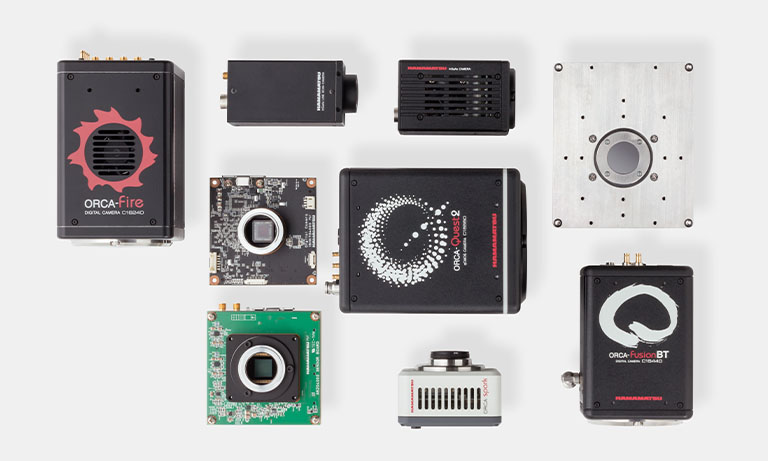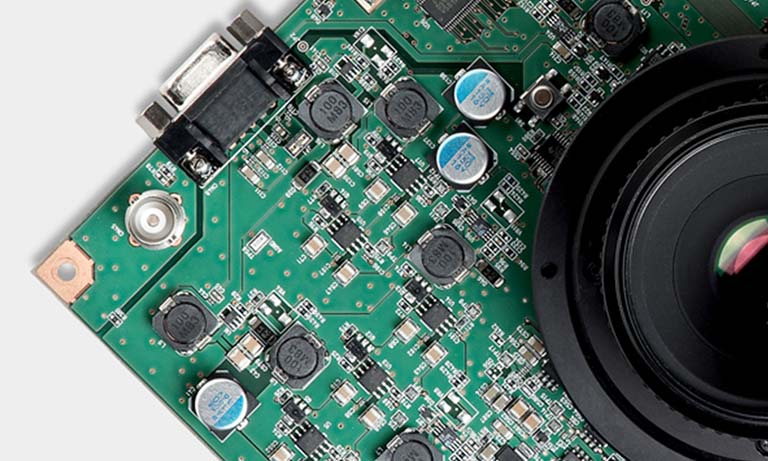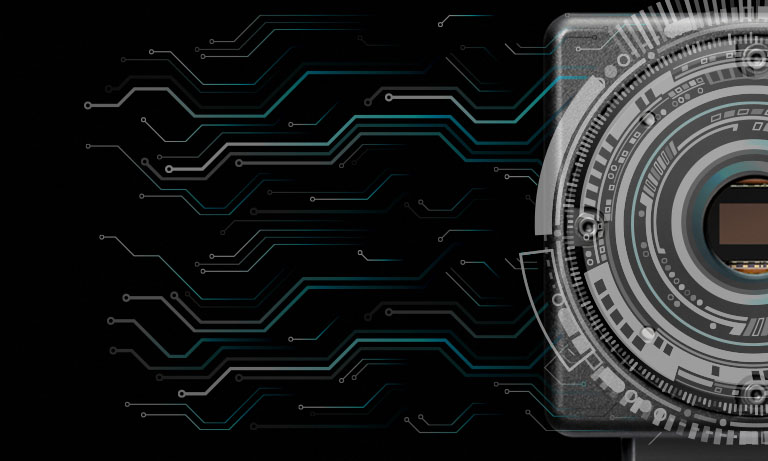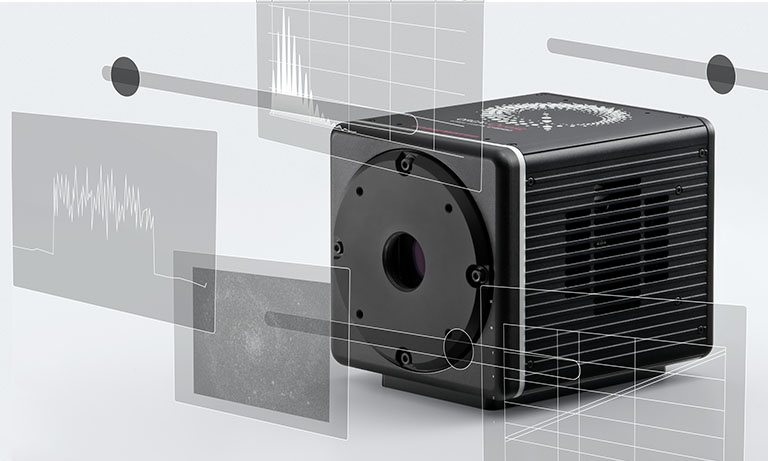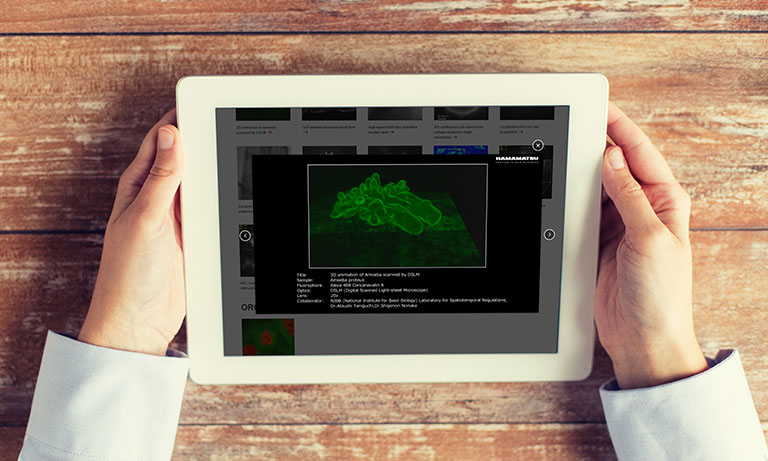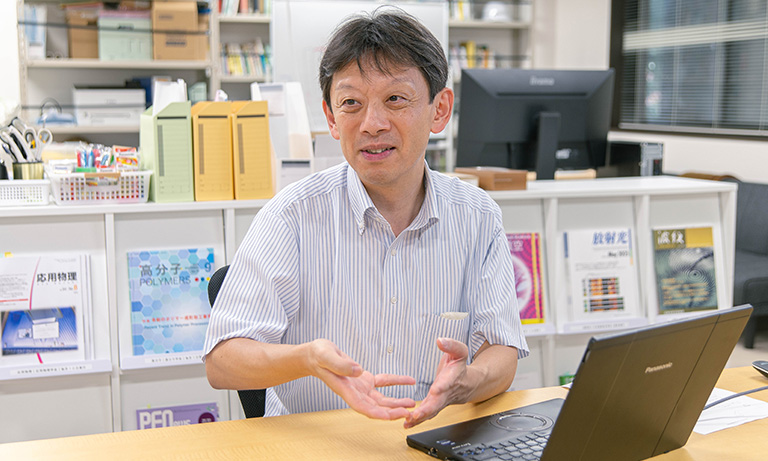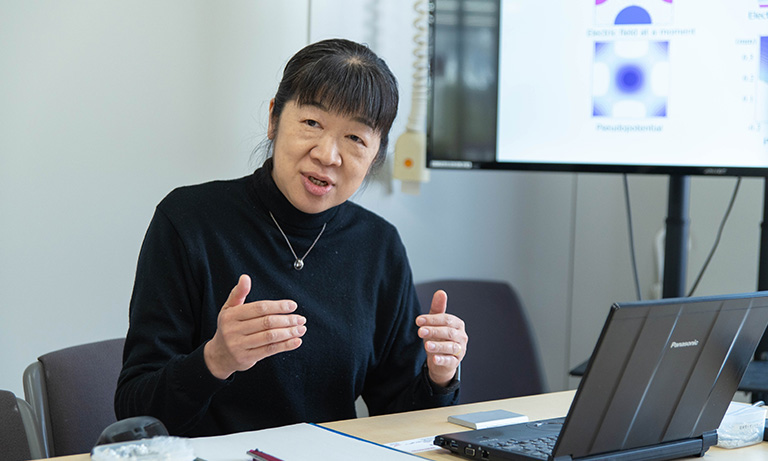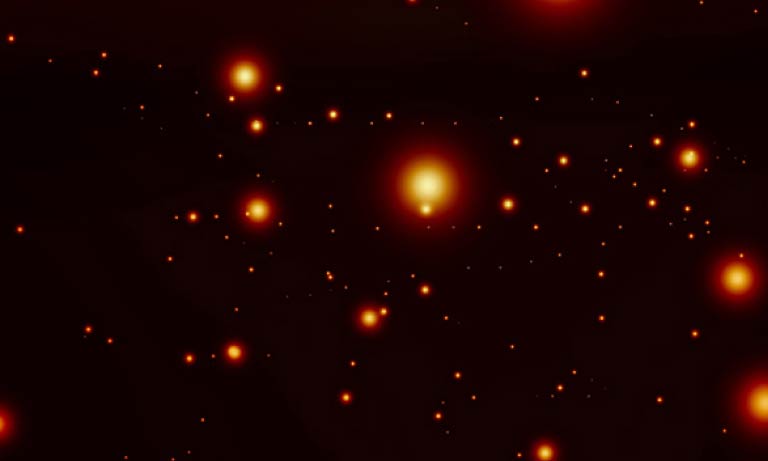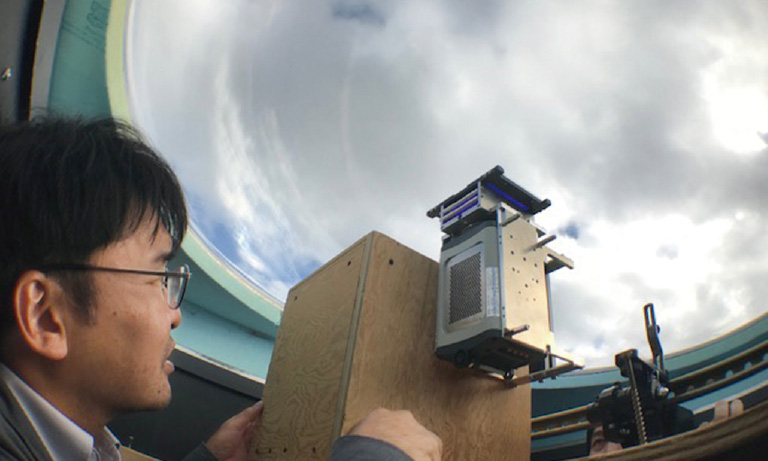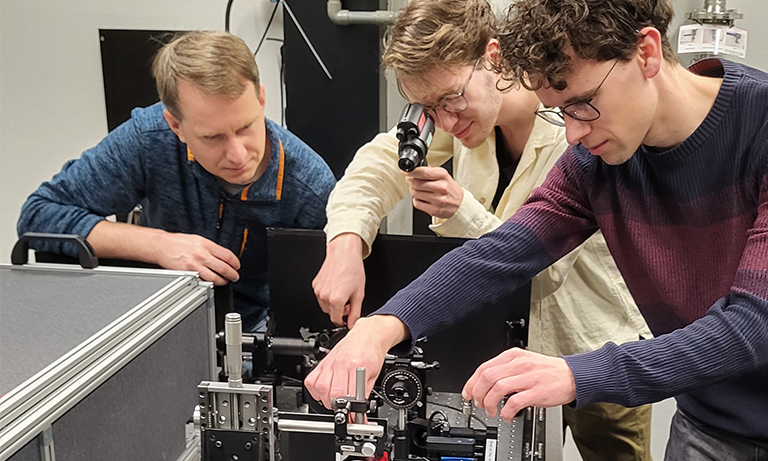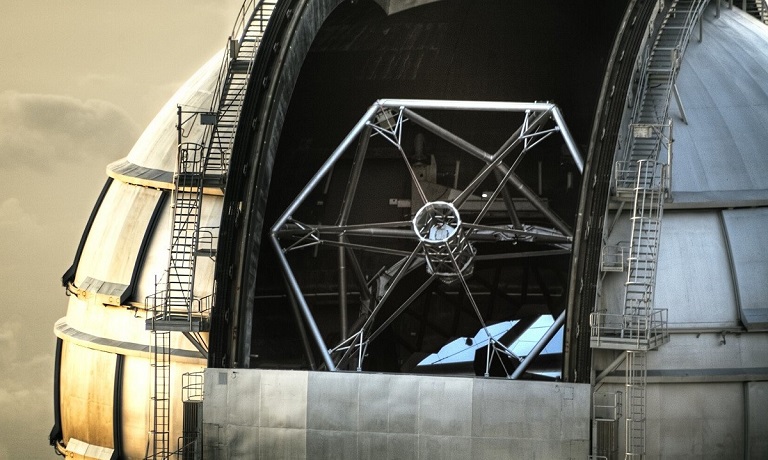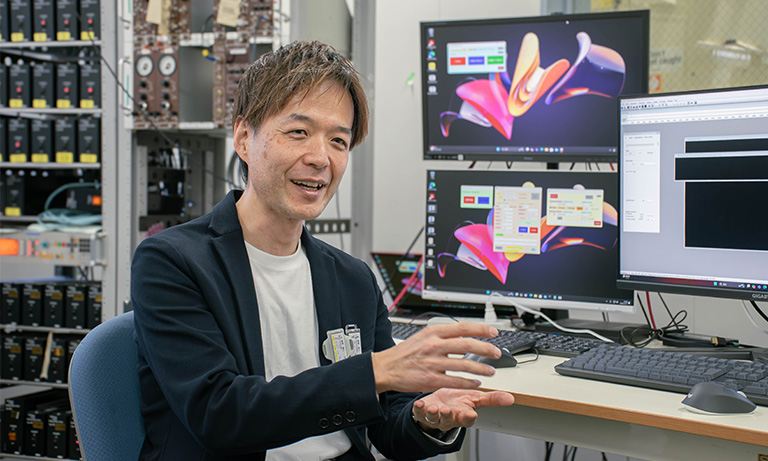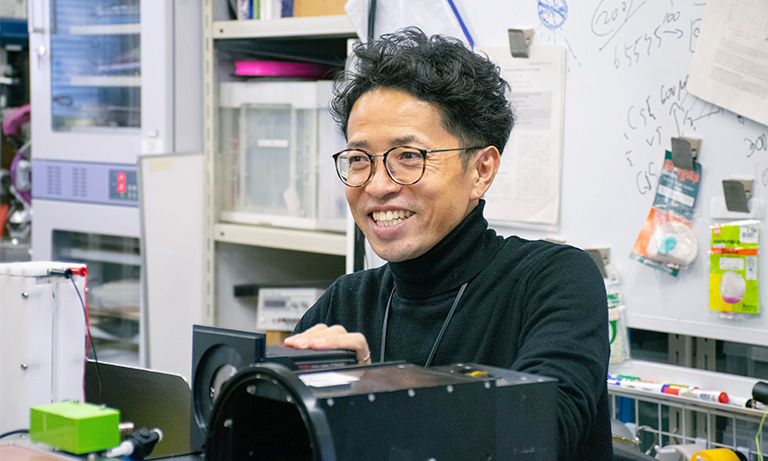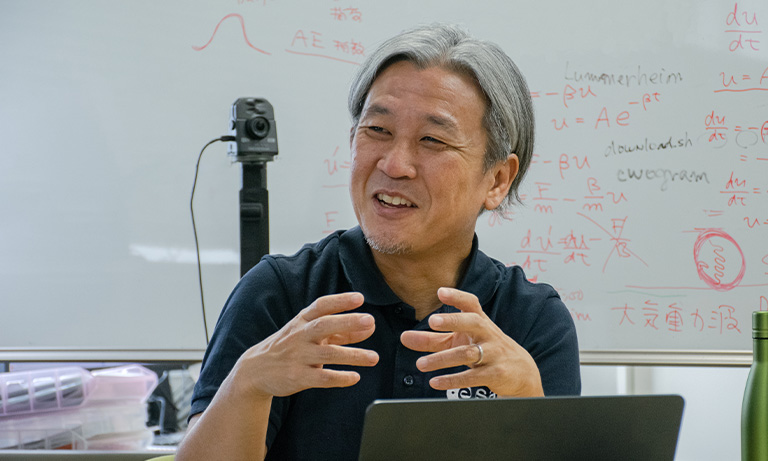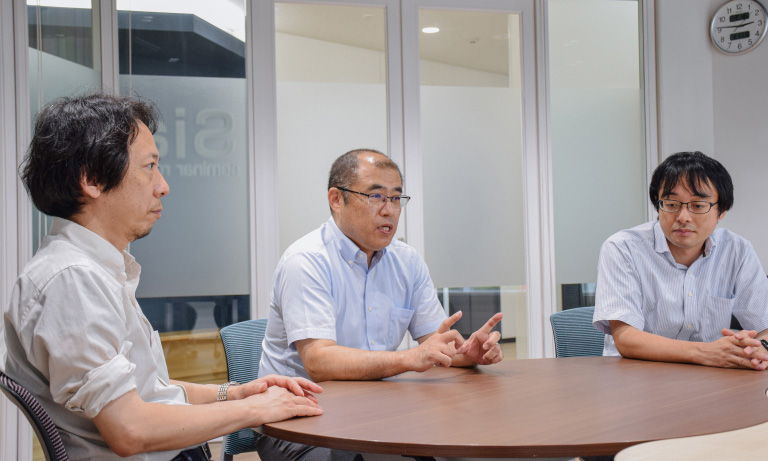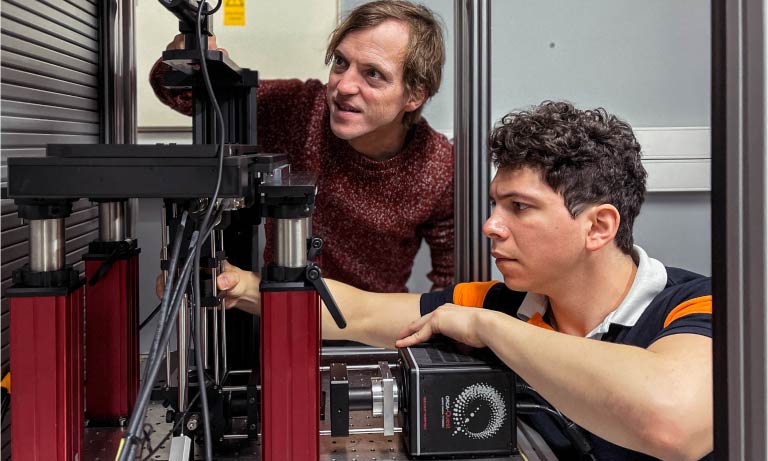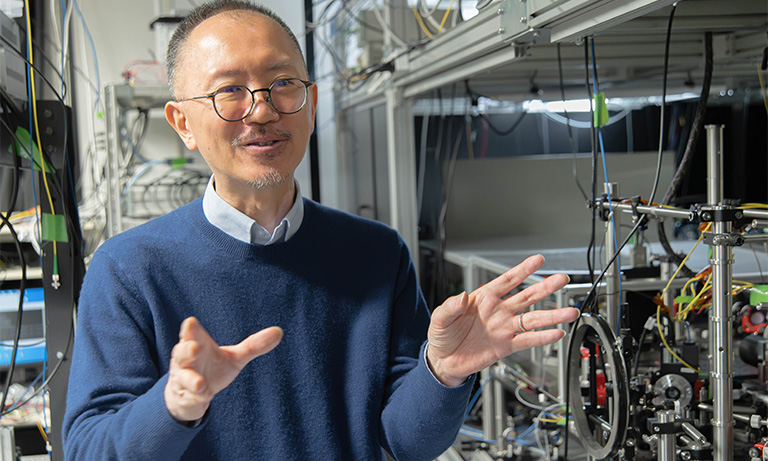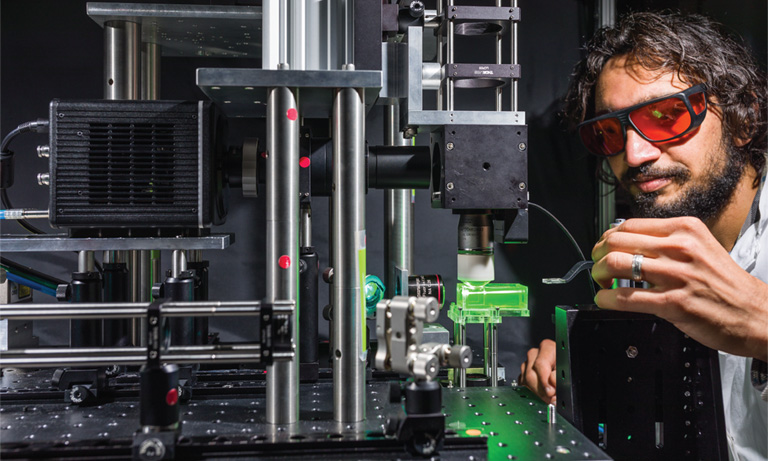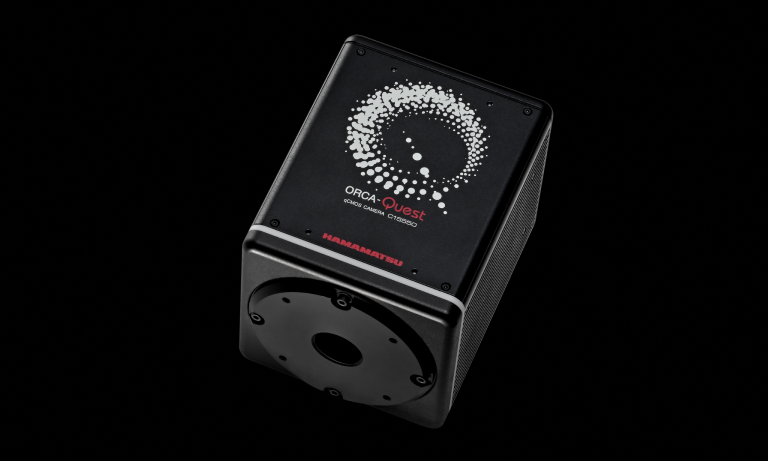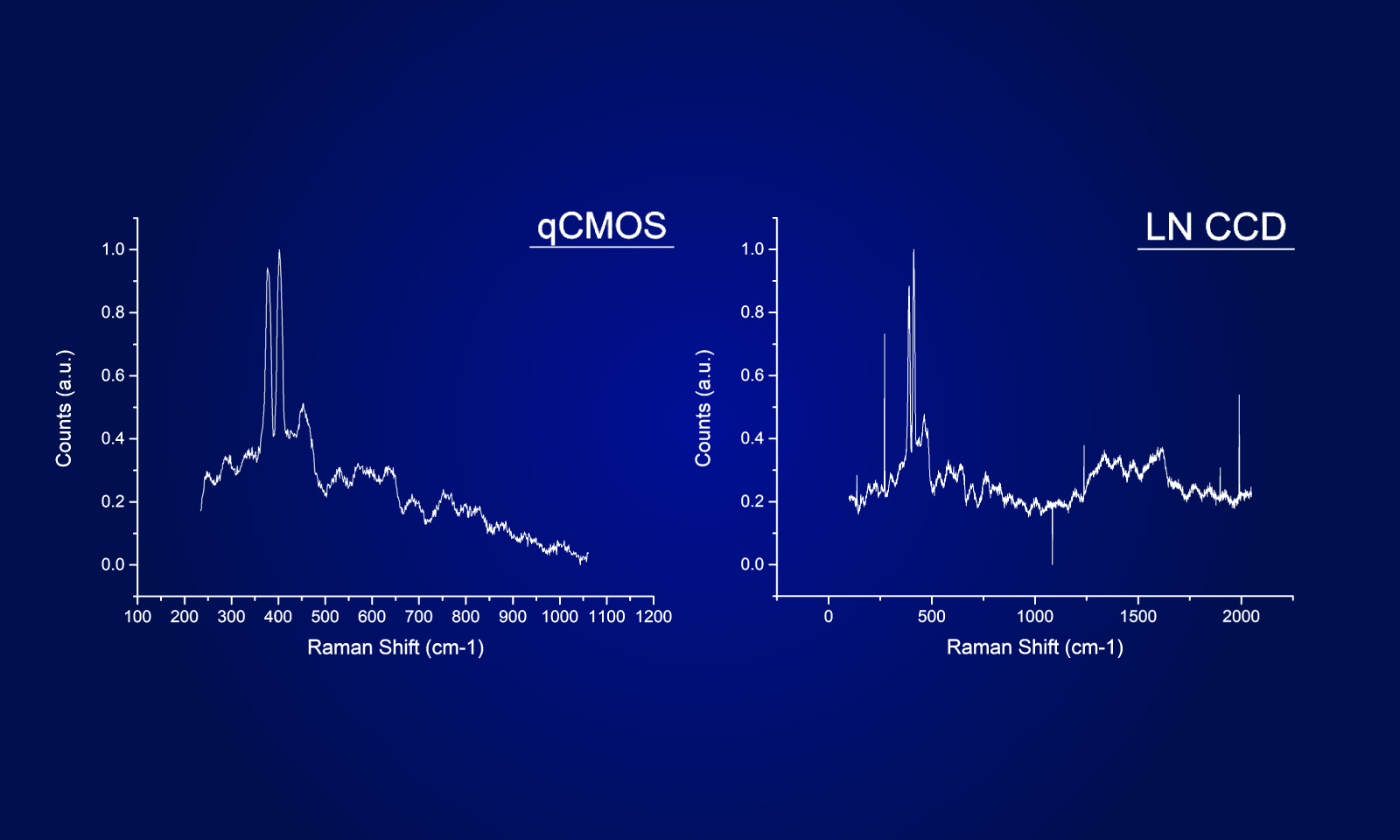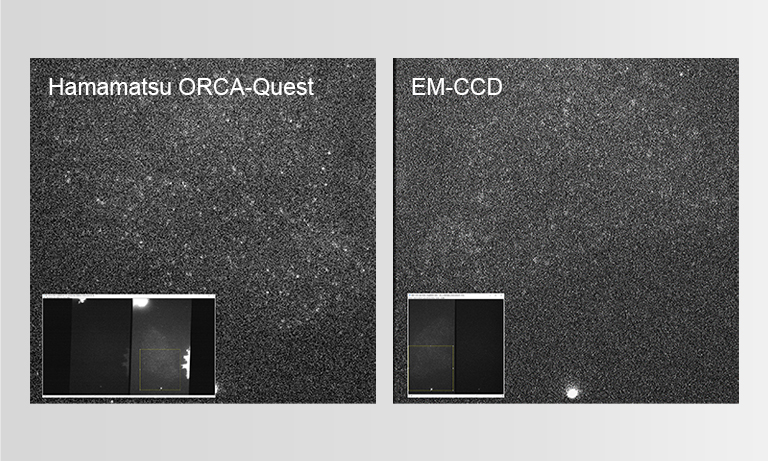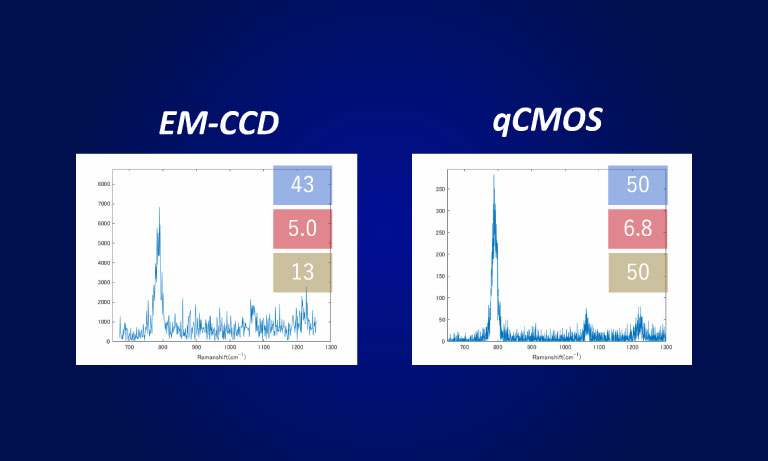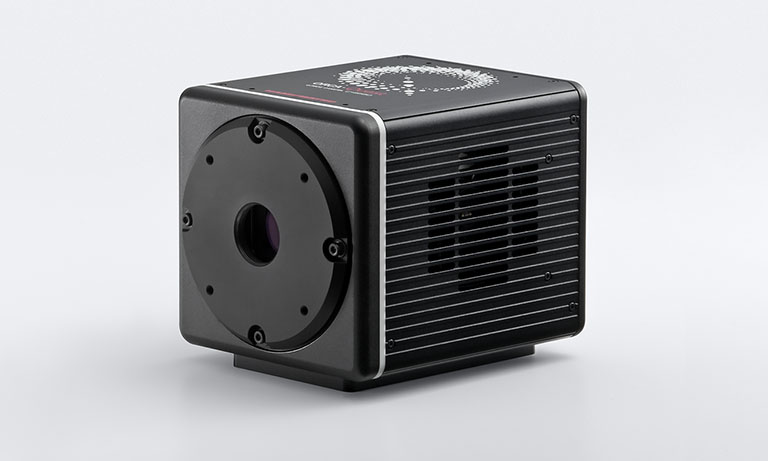United Kingdom (EN)
Select your region or country.
On-chip ion trap development integrating atomic physics and microfabrication with ORCA®-Quest
Published on October 27, 2025
In recent years, the development of quantum technologies that leverage the unique properties of quantum mechanics—such as quantum computers, quantum communication, and quantum sensors—has been rapidly advancing. Among these, quantum computers are particularly promising, as they utilize the quantum property of superposition to process vast amounts of information. As a result, fundamental research aimed at the practical implementation of quantum computers in society is being actively pursued by various research institutions.
One of the main approaches to building quantum computers is the 'ion trap' method, which, as the name suggests, involves trapping ions in a vacuum. By arranging ions in isolated configurations, it is possible to prepare ideal quantum states, making this method a promising candidate for high-precision quantum computing. We interviewed Professor Utako Tanaka from The University of Osaka, who is engaged in the development of this technology and its applications in advanced quantum devices, and Mr. Ryosuke Nishimoto, who primarily uses the ORCA-Quest ultra-sensitive camera in his research.
Current research
Could you tell us about your research?
At the Utako Tanaka Group in the Graduate School of Engineering Science at The University of Osaka, research and development is underway on on-chip ion traps that integrate atomic physics with microfabrication technologies.
Ion traps are devices that use specially designed electrodes to generate electric fields capable of confining atomic ions in a vacuum. By capturing ions in the trap and applying laser cooling—a technique that suppresses ion motion using laser light—researchers can prepare ions in a state where they can be individually manipulated. The ability to arrange ions in isolated configurations enables the creation of highly entangled quantum states, which are essential for achieving high-precision quantum computing.
Furthermore, by incorporating microfabrication techniques into the electrodes that control the ion traps, the group is developing on-chip ion traps—quantum devices with integrated circuit functionality.
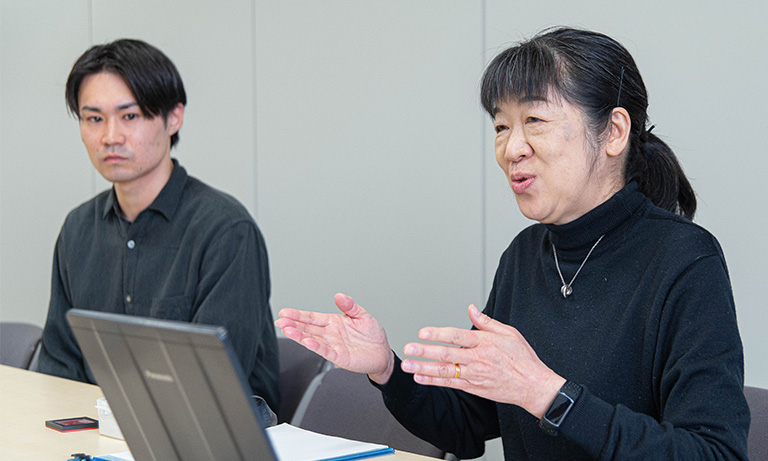
Challenges in on-chip ion traps
What are the challenges in advancing research on on-chip ion traps?
Ion traps offer significant advantages for improving the precision of quantum computers. Unlike superconducting or semiconductor-based systems, which require cryogenic equipment to operate near absolute zero, ion trap systems do not need such cooling, making them more suitable for miniaturization. However, handling microscopic and delicate ions in a vacuum presents its own challenges. Maintaining the stability of ion states requires sophisticated techniques to minimize disturbances such as voltage noise and laser frequency fluctuations.
One of the key challenges in on-chip integration is how to implement wiring and other components to apply voltages to the trap electrodes within an ultra-high vacuum environment. Since such vacuum conditions do not exist in everyday life, working in this unordinary environment is inherently difficult.
Another common challenge across all quantum computing platforms is scalability. To perform meaningful computations, it is estimated that tens of thousands to ultimately millions of qubits will be required. Achieving this scale remains a major hurdle in the field.
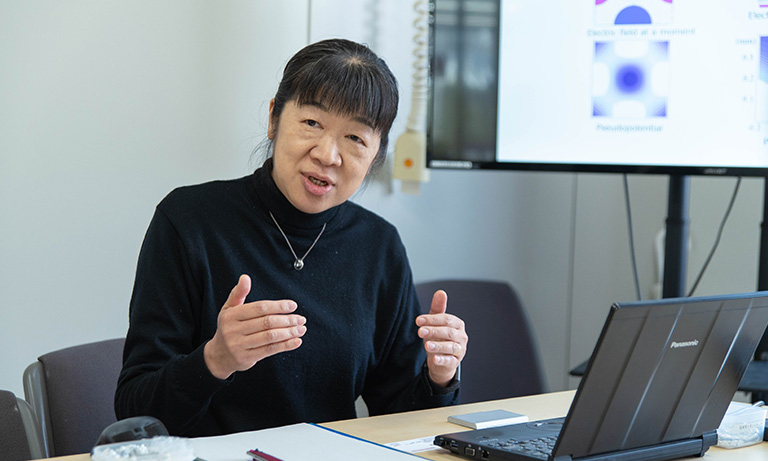
Prof. Utako Tanaka
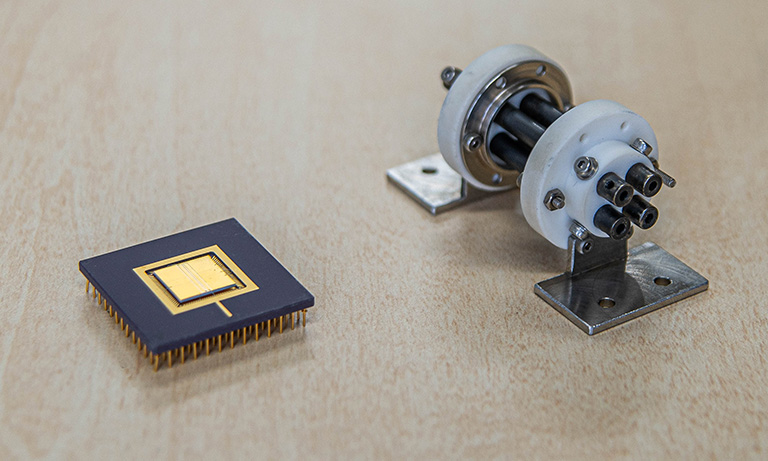
Left: On-chip ion trap device
Right: Conventional ion trap device
Decisive factor for introducing the ORCA-Quest
Could you tell us about the decisive factor for introducing the ORCA-Quest?
Since the ions being observed are extremely microscopic and emit only very faint fluorescence, a camera capable of detecting ultra-low light levels was essential. Additionally, because the spacing between the arranged ions is only a few micrometers and they must be individually resolved, high spatial resolution was also a critical requirement for the camera.
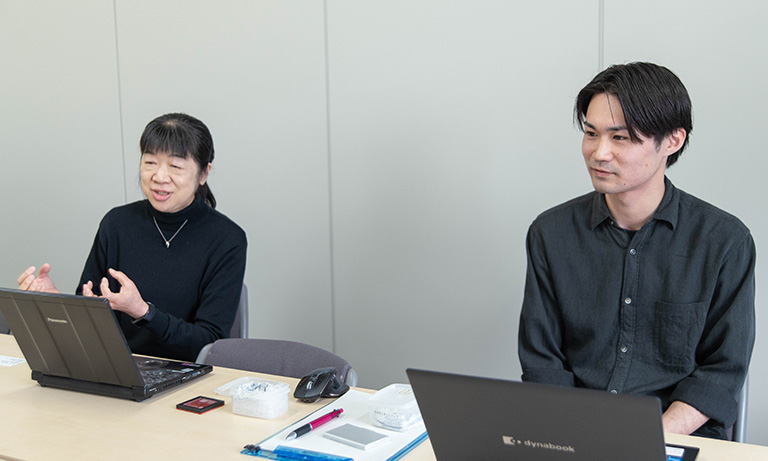
Key achievements enabled by the introduction of ORCA-Quest
Could you share any specific outcomes or benefits you’ve experienced from using ORCA-Quest? What aspects made you feel that its introduction was worthwhile?
Traditionally, fluorescence from trapped ions was observed using a combination of an image intensifier and a CMOS camera. However, the ORCA-Quest camera, which can operate independently and offers exceptionally high spatial resolution, has significantly enhanced the precision of ion state detection. This advancement enables the clear distinction of individual ions. Furthermore, the increased sensor area allows for the simultaneous observation of a larger number of ions. The high image clarity also facilitates the acquisition of multiple high-fidelity datasets within a single experimental run.
In practice, setting up an ion trap experiment is often more time-consuming than anticipated. It involves aligning laser beam paths, initializing peripheral equipment, and fine-tuning experimental parameters to establish optimal trapping conditions. Once ions are successfully confined, the next step is to ensure that the laser beams are interacting with the ions under optimal conditions. This is achieved by monitoring the fluorescence images captured by the ORCA-Quest and making precise adjustments accordingly. Only after achieving this optimized state can the actual experimental measurements commence. If any issues arise during this preparatory phase, it can take several hours—sometimes more than half a day—before ion fluorescence becomes observable.
Below is an example of an ion fluorescence image acquired using the ORCA-Quest camera. In this image, three ions confined in a harmonic potential are aligned and clearly visible. In ion trap experiments, it is generally possible to apply an oscillating electric field to the trap electrodes at a frequency corresponding to the curvature of the harmonic potential, thereby driving the ions into motion. This technique is known as forced oscillation. The fluorescence image shown here captures the result of sweeping the frequency of the applied AC signal around the trap’s characteristic frequency, allowing observation of the resonance phenomenon.
With the conventional detection method—combining an image intensifier with a CMOS camera—it was not possible to resolve the individual oscillatory responses of multiple ions simultaneously. However, thanks to the high spatial resolution of the ORCA-Quest, it is now possible to observe the resonance behavior of each ion independently. This capability enables experiments that previously required multiple runs with a single ion to be replaced by a single run involving multiple ions, significantly improving experimental throughput.
The advantages of the ORCA-Quest extend beyond its ability to capture high-resolution images. As demonstrated in the forced oscillation measurements, it contributes not only to reducing the number of experimental iterations and improving research efficiency, but also to enhancing the overall precision of measurements. The clearly improved detection sensitivity makes the ORCA-Quest an exciting and valuable tool in the laboratory, and its introduction has had a tangible impact on the quality and efficiency of our experimental work.
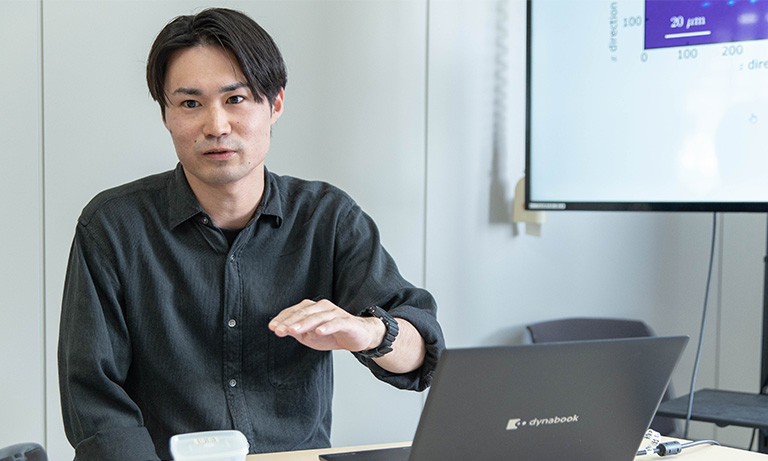
Mr. Ryosuke Nishimoto
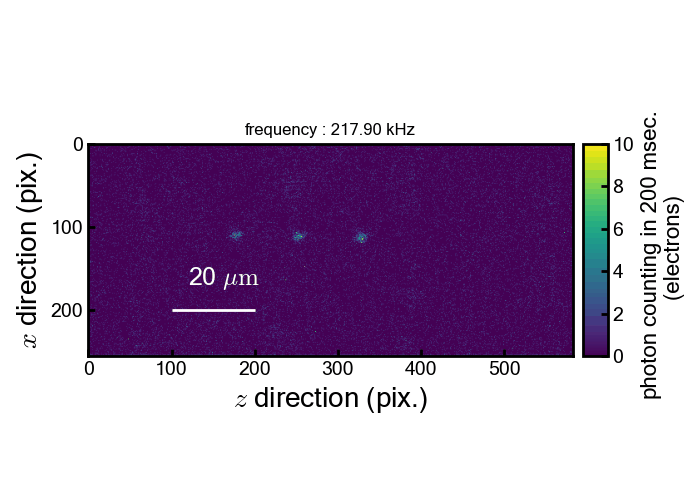
Ion trap imaging captured with ORCA-Quest
Images of three trapped ions in a planar trap with sweeping frequency of an external ac signal to excite the motion of the ions. The width of each of ions is spreads out in the z-direction when the frequency of the external ac signal corresponds to the motional frequency.
Data courtesy of Utako Tanaka, Division of Electronic and Photonic Science, Department of Systems Innovation, Graduate School of Engineering Science, The University of Osaka
Prospects for future research
What are your prospects for future research?
This overlaps slightly with what I mentioned earlier regarding the challenges, but our research goal is to enhance the precision of ion traps, miniaturize on-chip quantum devices, and increase the number of ions that can be trapped—all while achieving these advancements quickly and reliably. Although our work is focused on fundamental research in quantum computing, our ultimate goal is the practical implementation of quantum computers in society. To that end, we aim to develop on-chip ion traps and related technologies that are suitable for real-world applications.
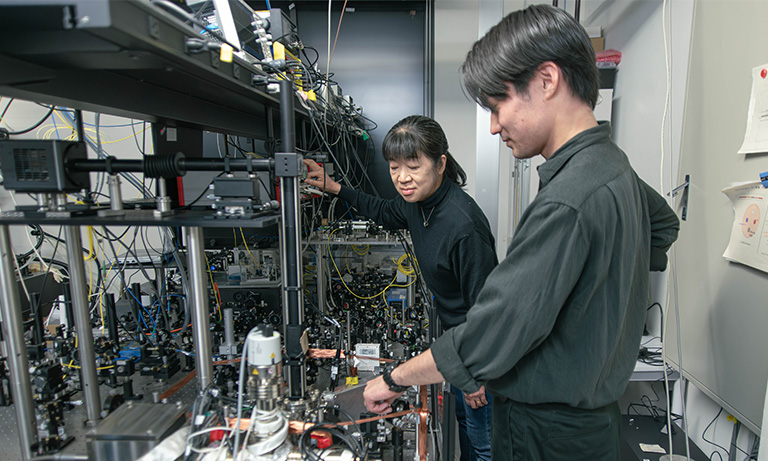
Researcher profiles
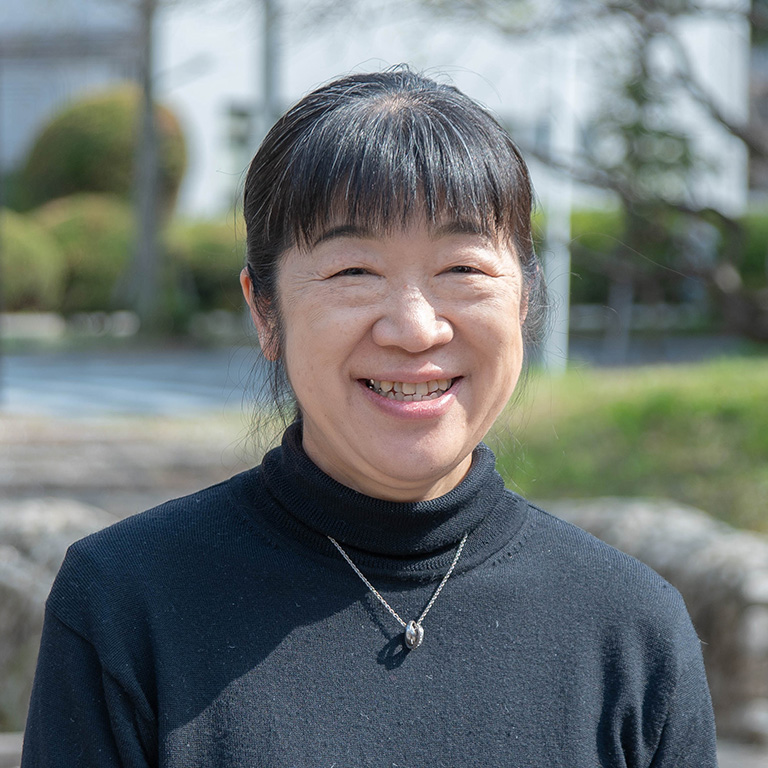
Utako Tanaka
Associate Professor, Division of Electronic and Photonic Science, Department of Systems Innovation, Graduate School of Engineering Science, The University of Osaka
1993 Department of Physics, Graduate School of Science, Kyoto University, Ph.D. in Science
1993 Research Fellow, Japan Society for the Promotion of Science (JSPS)
1994 Research Scientist, Communications Research Laboratory, Ministry of Posts and Telecommunications
1998 Senior Research Scientist, Communications Research Laboratory, Ministry of Posts and Telecommunications
2000 Conducted ion trap experiments at the National Institute of Standards and Technology (NIST), USA, as a Long-Term Overseas Research Fellow of the Science and Technology Agency
2003 Assistant Professor, Graduate School of Engineering Science, The University of Osaka
2006 Current post
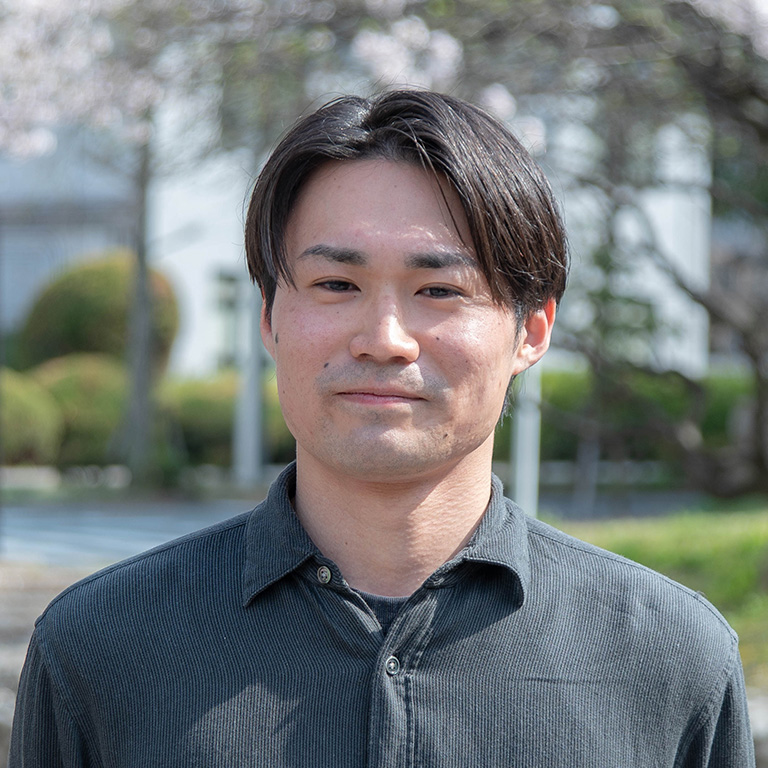
Ryosuke Nishimoto
2nd-Year Doctoral Student, Division of Electronic and Photonic Science, Department of Systems Innovation, Graduate School of Engineering Science, The University of Osaka
March 2024 Division of Electronic and Photonic Science, Department of Systems Innovation, Graduate School of Engineering Science, The University of Osaka, Master’s Program
*The content presented on this page is based on an interview conducted in April 2025.
Related product
The ORCA-Quest 2 is a new qCMOS® camera, the successor to the ORCA-Quest with further advances such as faster readout speeds in extremely low-noise scan mode and increased sensitivity in the ultraviolet region.
Other case studies
- Confirmation
-
It looks like you're in the . If this is not your location, please select the correct region or country below.
You're headed to Hamamatsu Photonics website for GB (English). If you want to view an other country's site, the optimized information will be provided by selecting options below.
In order to use this website comfortably, we use cookies. For cookie details please see our cookie policy.
- Cookie Policy
-
This website or its third-party tools use cookies, which are necessary to its functioning and required to achieve the purposes illustrated in this cookie policy. By closing the cookie warning banner, scrolling the page, clicking a link or continuing to browse otherwise, you agree to the use of cookies.
Hamamatsu uses cookies in order to enhance your experience on our website and ensure that our website functions.
You can visit this page at any time to learn more about cookies, get the most up to date information on how we use cookies and manage your cookie settings. We will not use cookies for any purpose other than the ones stated, but please note that we reserve the right to update our cookies.
1. What are cookies?
For modern websites to work according to visitor’s expectations, they need to collect certain basic information about visitors. To do this, a site will create small text files which are placed on visitor’s devices (computer or mobile) - these files are known as cookies when you access a website. Cookies are used in order to make websites function and work efficiently. Cookies are uniquely assigned to each visitor and can only be read by a web server in the domain that issued the cookie to the visitor. Cookies cannot be used to run programs or deliver viruses to a visitor’s device.
Cookies do various jobs which make the visitor’s experience of the internet much smoother and more interactive. For instance, cookies are used to remember the visitor’s preferences on sites they visit often, to remember language preference and to help navigate between pages more efficiently. Much, though not all, of the data collected is anonymous, though some of it is designed to detect browsing patterns and approximate geographical location to improve the visitor experience.
Certain type of cookies may require the data subject’s consent before storing them on the computer.
2. What are the different types of cookies?
This website uses two types of cookies:
- First party cookies. For our website, the first party cookies are controlled and maintained by Hamamatsu. No other parties have access to these cookies.
- Third party cookies. These cookies are implemented by organizations outside Hamamatsu. We do not have access to the data in these cookies, but we use these cookies to improve the overall website experience.
3. How do we use cookies?
This website uses cookies for following purposes:
- Certain cookies are necessary for our website to function. These are strictly necessary cookies and are required to enable website access, support navigation or provide relevant content. These cookies direct you to the correct region or country, and support security and ecommerce. Strictly necessary cookies also enforce your privacy preferences. Without these strictly necessary cookies, much of our website will not function.
- Analytics cookies are used to track website usage. This data enables us to improve our website usability, performance and website administration. In our analytics cookies, we do not store any personal identifying information.
- Functionality cookies. These are used to recognize you when you return to our website. This enables us to personalize our content for you, greet you by name and remember your preferences (for example, your choice of language or region).
- These cookies record your visit to our website, the pages you have visited and the links you have followed. We will use this information to make our website and the advertising displayed on it more relevant to your interests. We may also share this information with third parties for this purpose.
Cookies help us help you. Through the use of cookies, we learn what is important to our visitors and we develop and enhance website content and functionality to support your experience. Much of our website can be accessed if cookies are disabled, however certain website functions may not work. And, we believe your current and future visits will be enhanced if cookies are enabled.
4. Which cookies do we use?
There are two ways to manage cookie preferences.
- You can set your cookie preferences on your device or in your browser.
- You can set your cookie preferences at the website level.
If you don’t want to receive cookies, you can modify your browser so that it notifies you when cookies are sent to it or you can refuse cookies altogether. You can also delete cookies that have already been set.
If you wish to restrict or block web browser cookies which are set on your device then you can do this through your browser settings; the Help function within your browser should tell you how. Alternatively, you may wish to visit www.aboutcookies.org, which contains comprehensive information on how to do this on a wide variety of desktop browsers.
5. What are Internet tags and how do we use them with cookies?
Occasionally, we may use internet tags (also known as action tags, single-pixel GIFs, clear GIFs, invisible GIFs and 1-by-1 GIFs) at this site and may deploy these tags/cookies through a third-party advertising partner or a web analytical service partner which may be located and store the respective information (including your IP-address) in a foreign country. These tags/cookies are placed on both online advertisements that bring users to this site and on different pages of this site. We use this technology to measure the visitors' responses to our sites and the effectiveness of our advertising campaigns (including how many times a page is opened and which information is consulted) as well as to evaluate your use of this website. The third-party partner or the web analytical service partner may be able to collect data about visitors to our and other sites because of these internet tags/cookies, may compose reports regarding the website’s activity for us and may provide further services which are related to the use of the website and the internet. They may provide such information to other parties if there is a legal requirement that they do so, or if they hire the other parties to process information on their behalf.
If you would like more information about web tags and cookies associated with on-line advertising or to opt-out of third-party collection of this information, please visit the Network Advertising Initiative website http://www.networkadvertising.org.
6. Analytics and Advertisement Cookies
We use third-party cookies (such as Google Analytics) to track visitors on our website, to get reports about how visitors use the website and to inform, optimize and serve ads based on someone's past visits to our website.
You may opt-out of Google Analytics cookies by the websites provided by Google:
https://tools.google.com/dlpage/gaoptout?hl=en
As provided in this Privacy Policy (Article 5), you can learn more about opt-out cookies by the website provided by Network Advertising Initiative:
http://www.networkadvertising.org
We inform you that in such case you will not be able to wholly use all functions of our website.
Close
